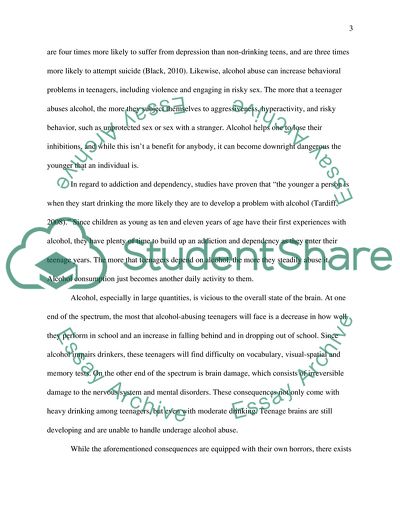Cite this document
(Alcohol Abuse among Teens Coursework Example | Topics and Well Written Essays - 1250 words, n.d.)
Alcohol Abuse among Teens Coursework Example | Topics and Well Written Essays - 1250 words. https://studentshare.org/sociology/1778968-alcohol-abuse-among-teens
Alcohol Abuse among Teens Coursework Example | Topics and Well Written Essays - 1250 words. https://studentshare.org/sociology/1778968-alcohol-abuse-among-teens
(Alcohol Abuse Among Teens Coursework Example | Topics and Well Written Essays - 1250 Words)
Alcohol Abuse Among Teens Coursework Example | Topics and Well Written Essays - 1250 Words. https://studentshare.org/sociology/1778968-alcohol-abuse-among-teens.
Alcohol Abuse Among Teens Coursework Example | Topics and Well Written Essays - 1250 Words. https://studentshare.org/sociology/1778968-alcohol-abuse-among-teens.
“Alcohol Abuse Among Teens Coursework Example | Topics and Well Written Essays - 1250 Words”. https://studentshare.org/sociology/1778968-alcohol-abuse-among-teens.


